Breast Reduction
Breast reduction surgery is often helpful for symptoms of back and neck pain, and from bra straps that dig in to the shoulders. Significant reductions in the weight of the breasts can greatly improve these symptoms. The breasts do achieve an improved shape, although not to the degree of a breast lift. A breast lift is a shaping procedure, often with only skin excised. A breast reduction must remove a very significant amount of breast volume in order to expect any symptom improvement. There are various methods for completing a breast reduction, and Dr. McInnes will explain what he recommends based on your anatomy. Some patients elect to combine their breast reduction with private procedures, such as tummy tuck or liposuction to the underarm region to improve the final contour.
Candidates
- Patients with large, heavy breast who desire a significant size reduction in their breast
- Patients with relatively stable weight (including those after weight loss)
- Individuals without complex medical conditions that would increase the risks of surgery
- Non-smokers
Consultation
Dr. McInnes will discuss your reasons for seeking breast reduction surgery and if he feels it will help you. He will discuss the risks of surgery, do a physical examination, and explain what type of breast reduction you will need, and take pre-operative photographs for your medical records.
Procedure Details:
Breast reductions are done under general anesthetic. The key to the operation is keeping sufficient blood supply to the nipple and areola, while the surrounding breast tissue is removed.
The fat and blood vessels that remain attached to the nipple to keep it alive are collectively termed “the pedicle”. There are several different types of pedicles, each with their own advantages and disadvantages, and the chosen pedicle depends on your individual anatomy, including nipple position, degree of breast ptosis (size), and desired size after surgery.
The first step of the operation, the most critical, is the pre-operative markings. Dr. McInnes will also assess if one breast seems larger than the other, as he will take off more volume from the larger side. After you’ve been marked, you will come into the operating room where the nurses and anesthesiologist will get you comfortable, and then off to sleep.
Your breast surgery will then take place, which involves keeping some of the blood vessels to the nipple intact, and removing surrounding breast tissue with cautery. The breast will then be shaped, the areola size usually reduced, and the incisions closed, usually with absorbable sutures placed below the skin incisions that are not visible. You will then have skin tape applied to your incision lines.
Recovery
Following your surgery, dressings will be applied to your incisions. You will be given specific instructions on how to care for the surgical site (and possibly drains), medications to apply or take orally to aid healing, specific concerns to look for, and when to follow up with Dr. McInnes. Most patients will go home the night of their breast reduction, although some may stay overnight in the hospital if needed. Breast reduction surgery is performed either in an outpatient surgical facility or the hospital.
Results & Expected Outcome
After your breast reduction surgery, you will likely notice a significant weight reduction off of your chest. You will have a significant amount of swelling and some mild bruising. Post-operative pain is usually not extensive, as breast reductions do not require any surgery on the breast muscle. The final shape from your surgery will take approximately 1 year, although you will have a good idea of your shape after several months.
Breast Reduction FAQ's
What happens after I’ve recovered in the recovery room?
Most patients spend 1-2 hours in the recovery room before being discharged. If you’ve had additional procedures done, an overnight stay may be possible if arranged well in advance of your surgical date, but often is not required. You will be given pain medication to take at home, and Dr. McInnes will discuss this with you at your consultation.
What medication will I be given or prescribed after surgery?
Dr. McInnes believes in multi-modal pain treatment as it has shown to be the most effective and decreases the use of narcotic pain medications. He will commonly treat his patients with a combination of acetaminophen (Tylenol), ibuprofen (Advil), and a short course of a very light narcotic. In combination with the numbing (freezing) medication injected at the surgical site, many patients do not have extensive pain and just take Tylenol and Advil.
When can I resume normal activity and exercise?
After breast reduction surgery, Dr. McInnes doesn’t want his patients doing any intense physical activity for at least 4 weeks. Dr. McInnes will provide you with a detailed post-operative form to review before and after surgery [(found here)]. Generally speaking, you will need to take it easy for 3-4 weeks, and avoid excessive tension on the incisions for 12 weeks if you want an optimal scar.
Risks
There are risks associated with your surgery. Please download the consent form designed by the American Society of Plastic Surgeons (ASPS) for a detailed list and description of the risks involved (found here). Risks of surgery will be discussed prior to your consent. It is important to address all your questions directly with Dr. McInnes.
Before & After Photos
Bilateral Breast Reduction
Before
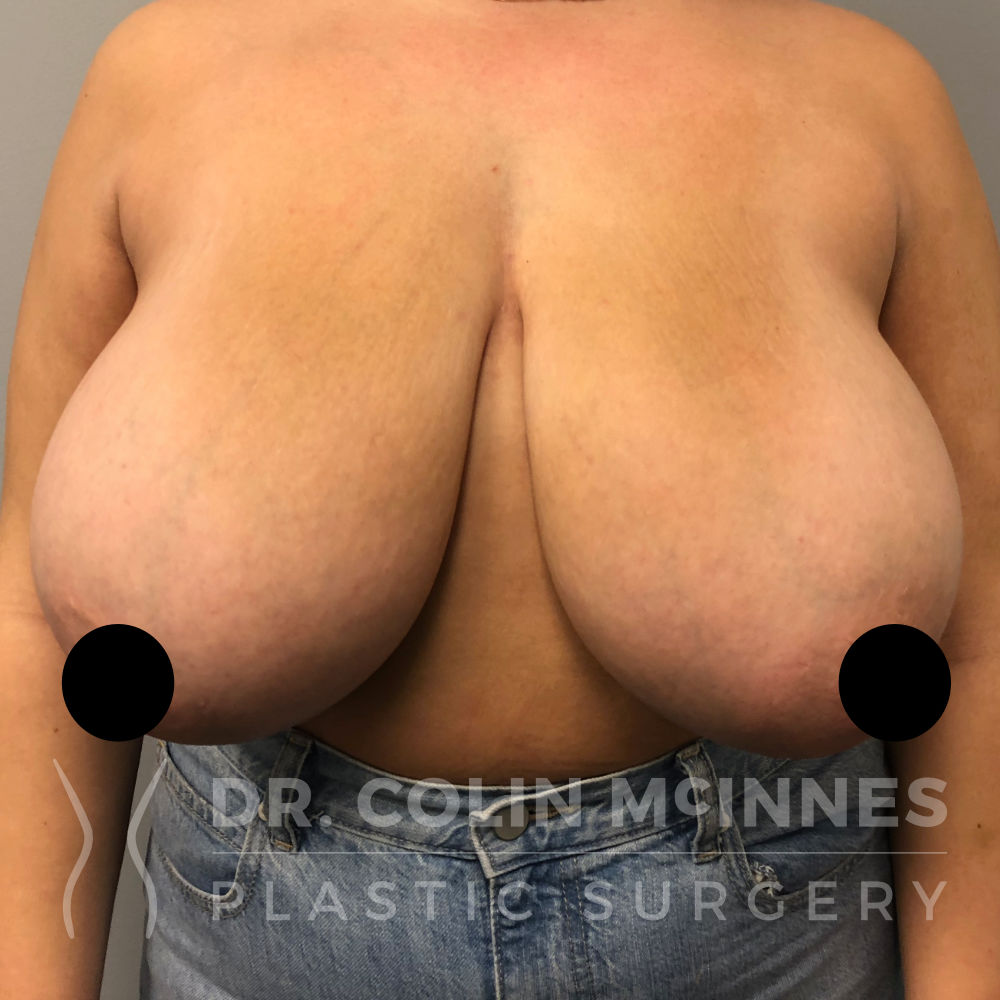
4 months post op
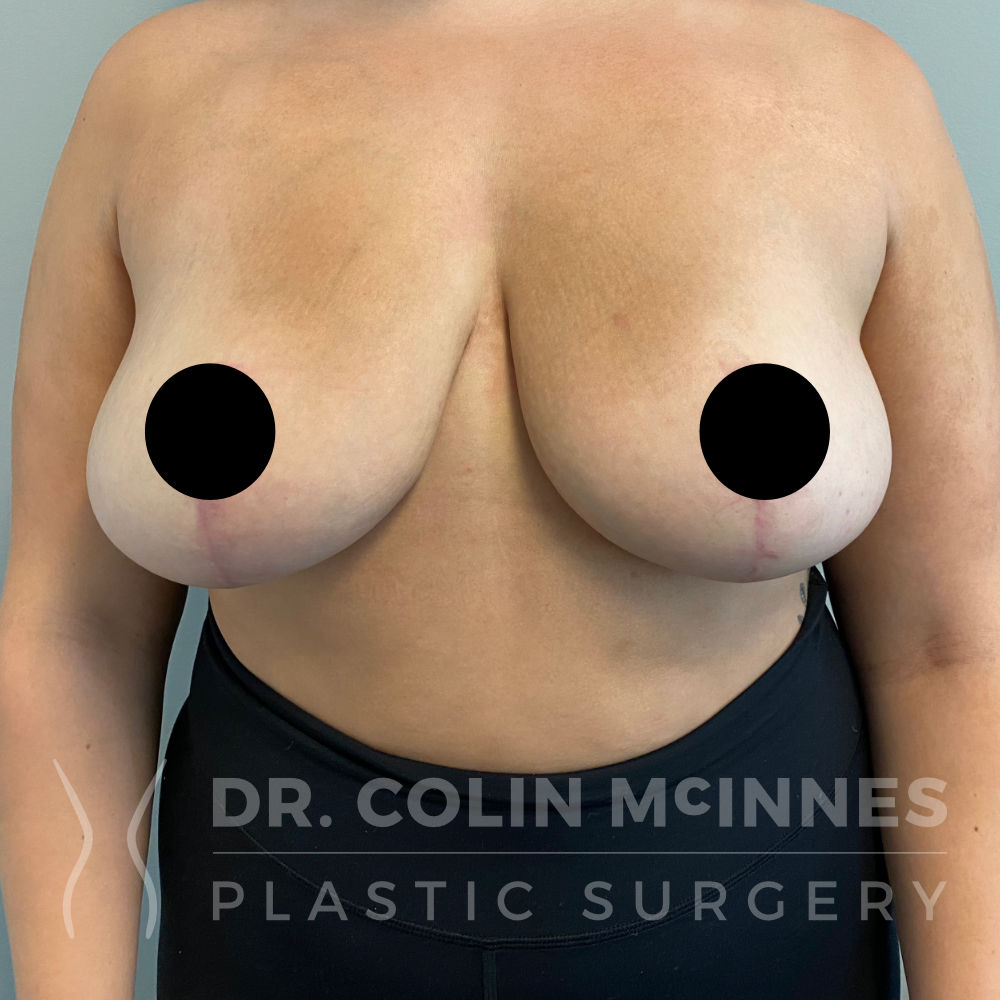
Bilateral Breast Reduction + Underarm Liposuction
Before

4 weeks post op
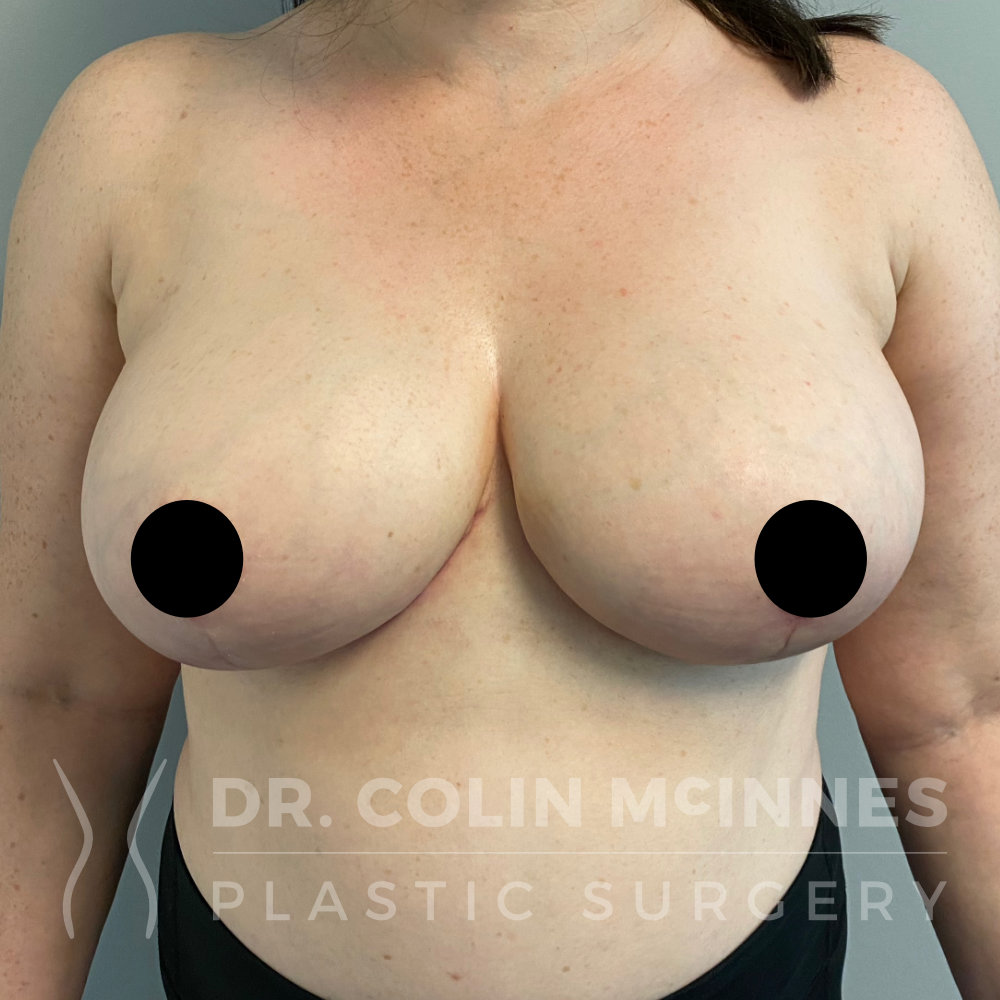
Breast Reduction & Lift
Before
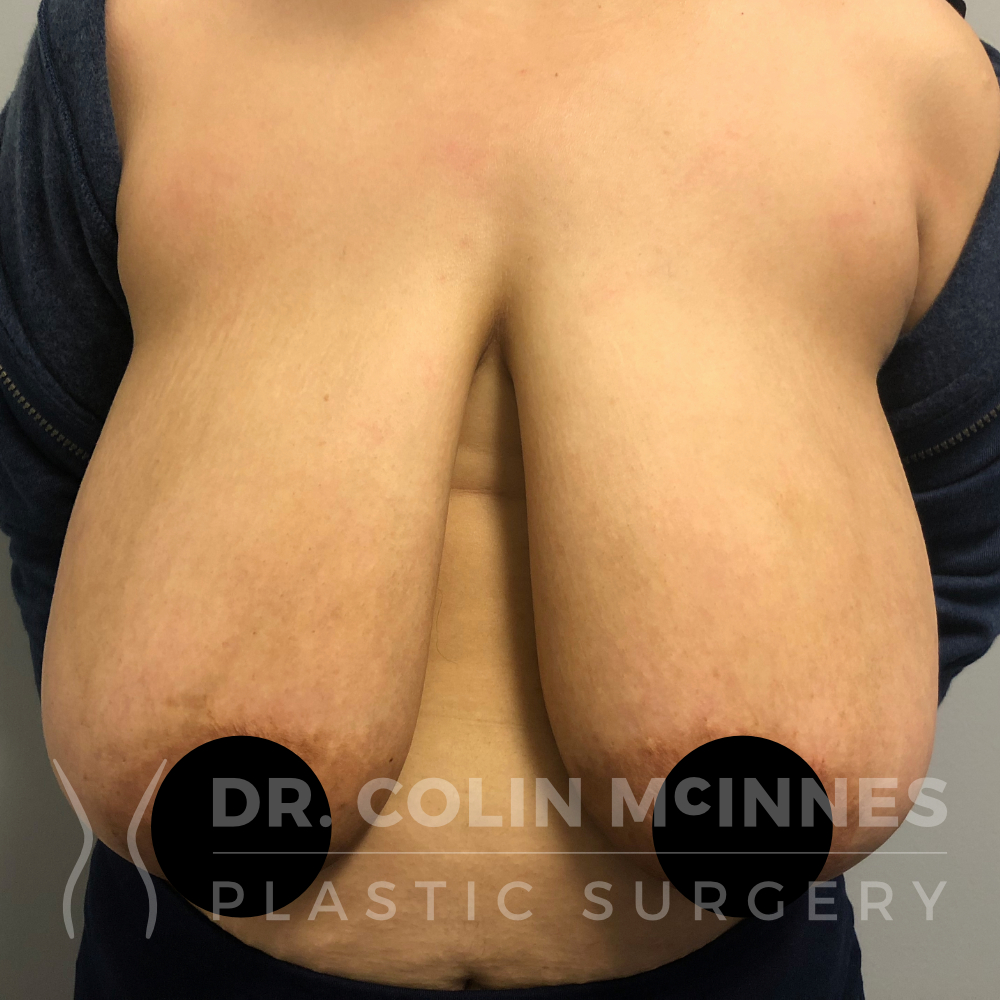
Early post op
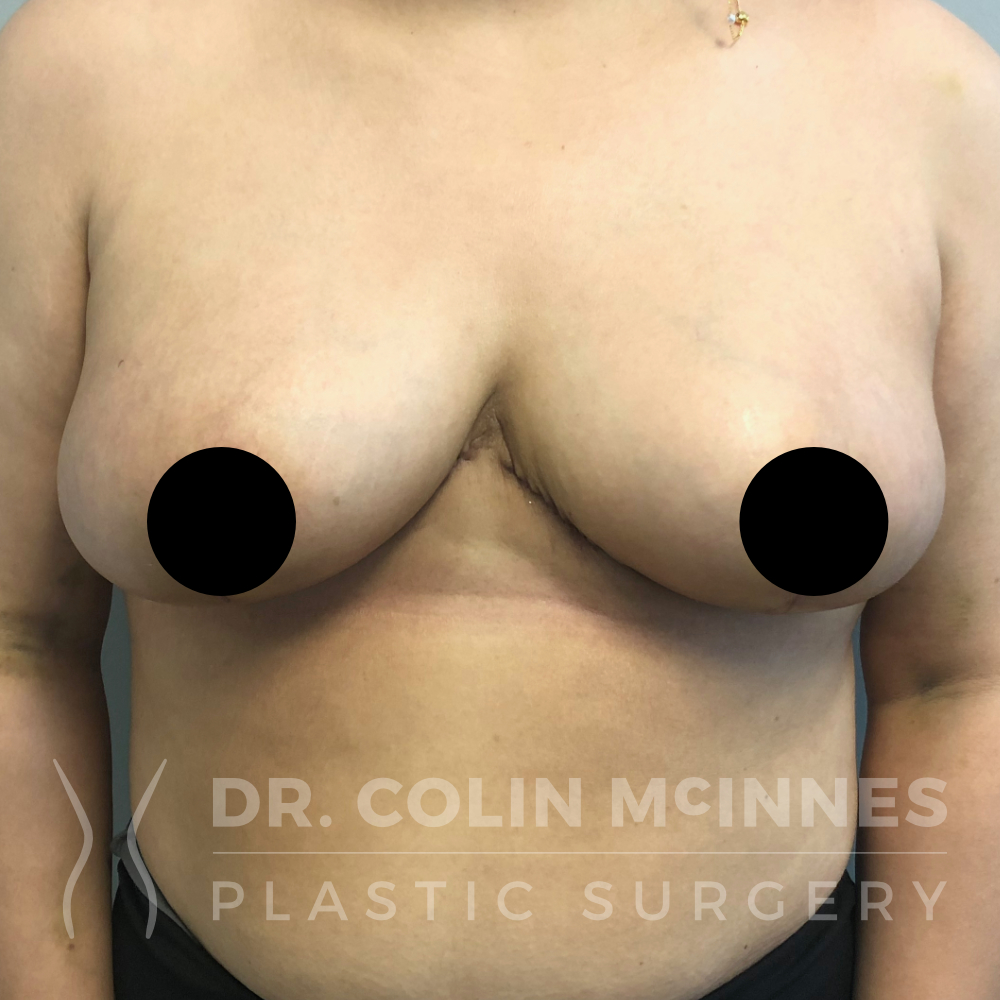
Breast reduction, abdominoplasty & liposuction
Before
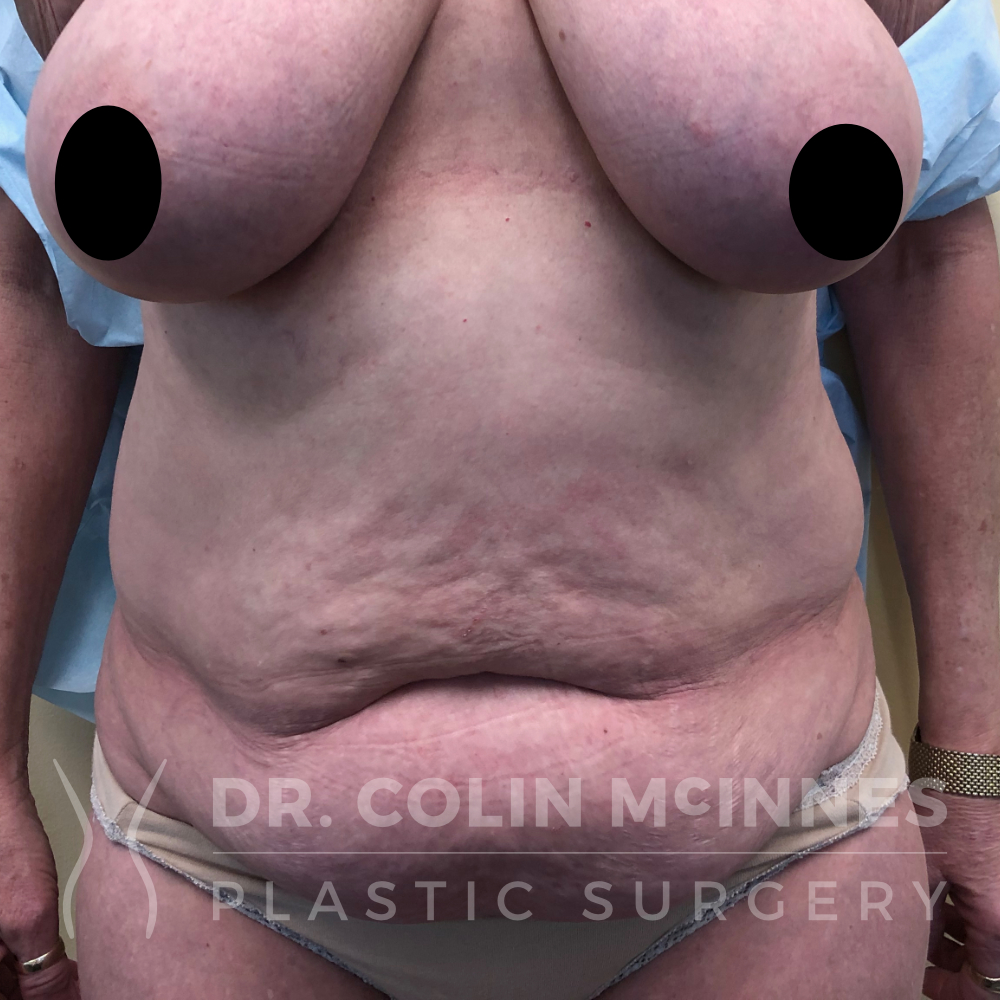
1 year post op

Severe Left Tuberous Breast Deformity
Staged Augmentation with Expander, Implant and Fat Grafting. Right Breast Reduction and Lift (plus contouring implant)
Before

After )3 months)

Severe Left Tuberous Breast Deformity
Staged Augmentation with Expander, Implant and Fat Grafting. Right Breast Reduction and Lift (plus contouring implant)
Before
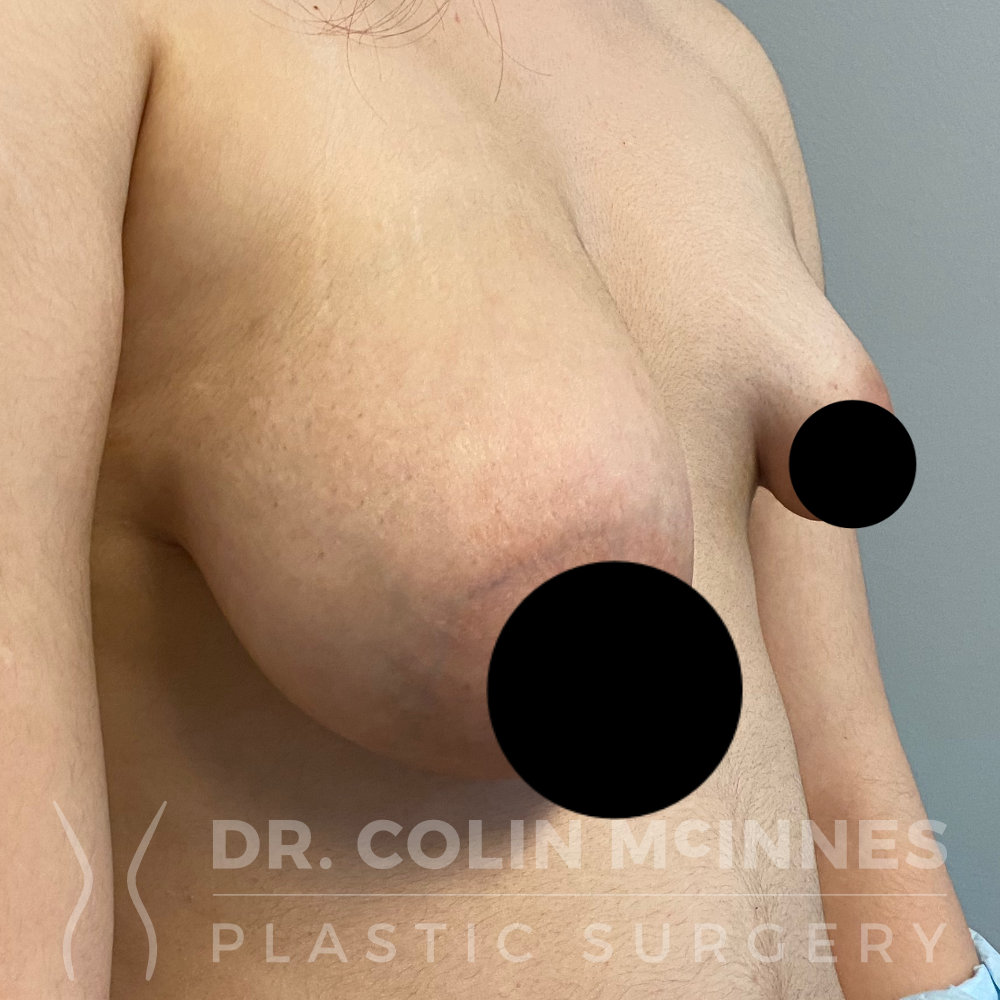
After )3 months)
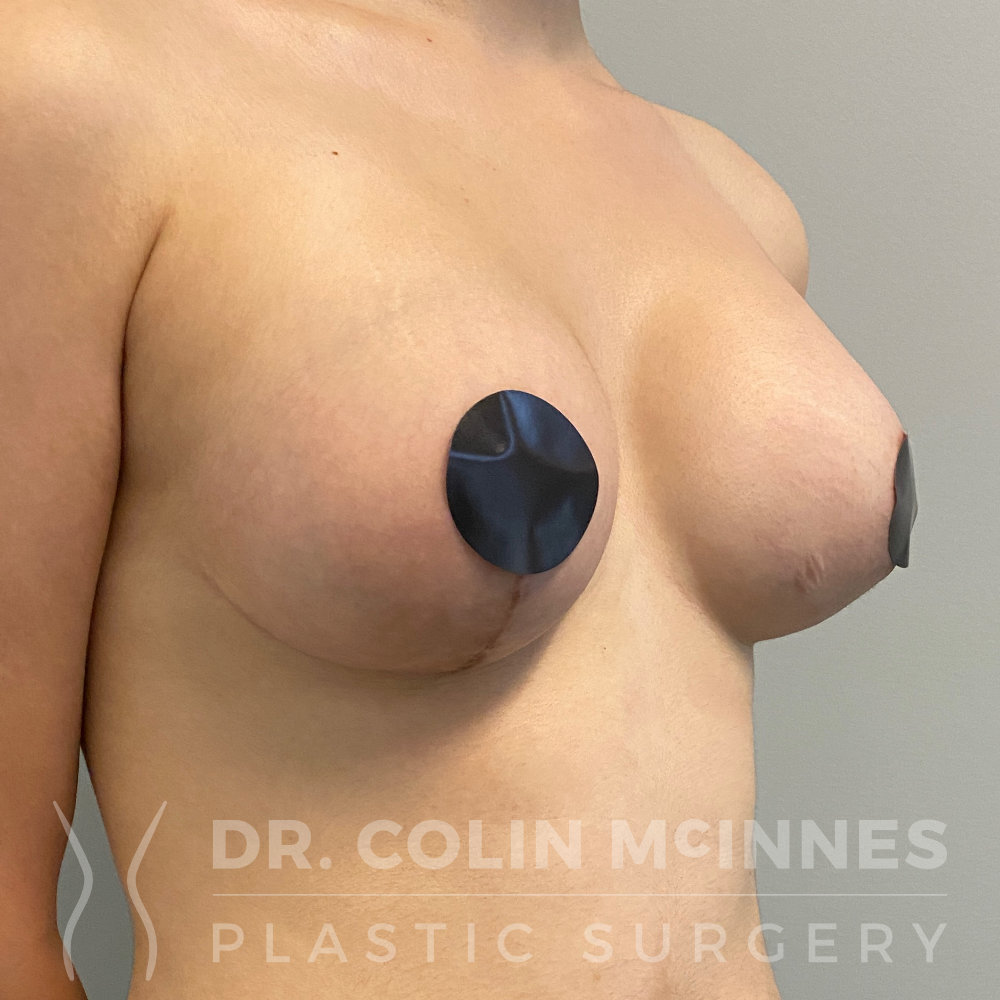
Severe Left Tuberous Breast Deformity
Staged Augmentation with Expander, Implant and Fat Grafting. Right Breast Reduction and Lift (plus contouring implant)
Before
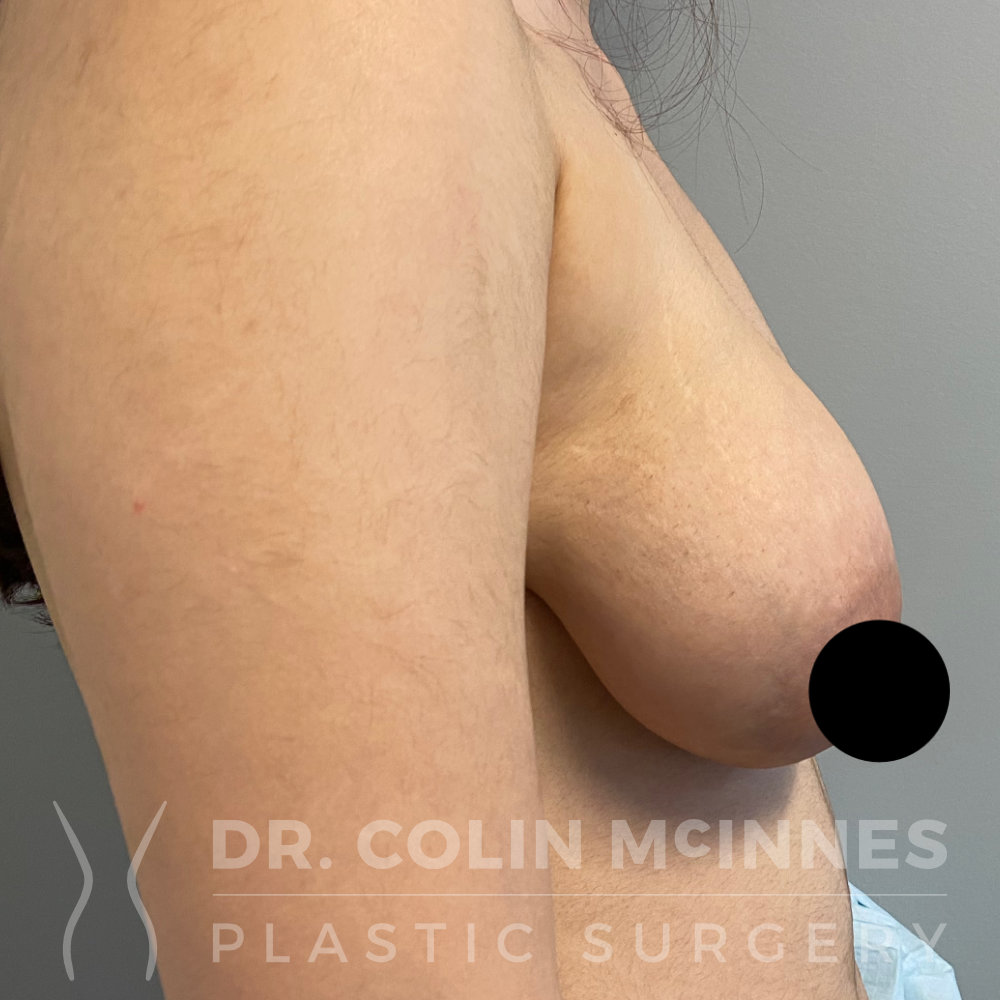
After )3 months)














